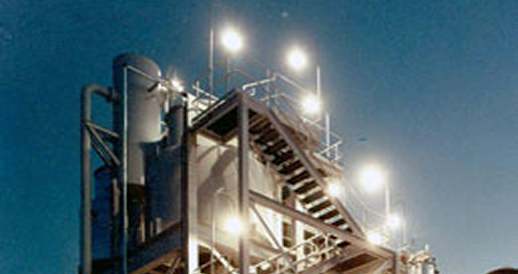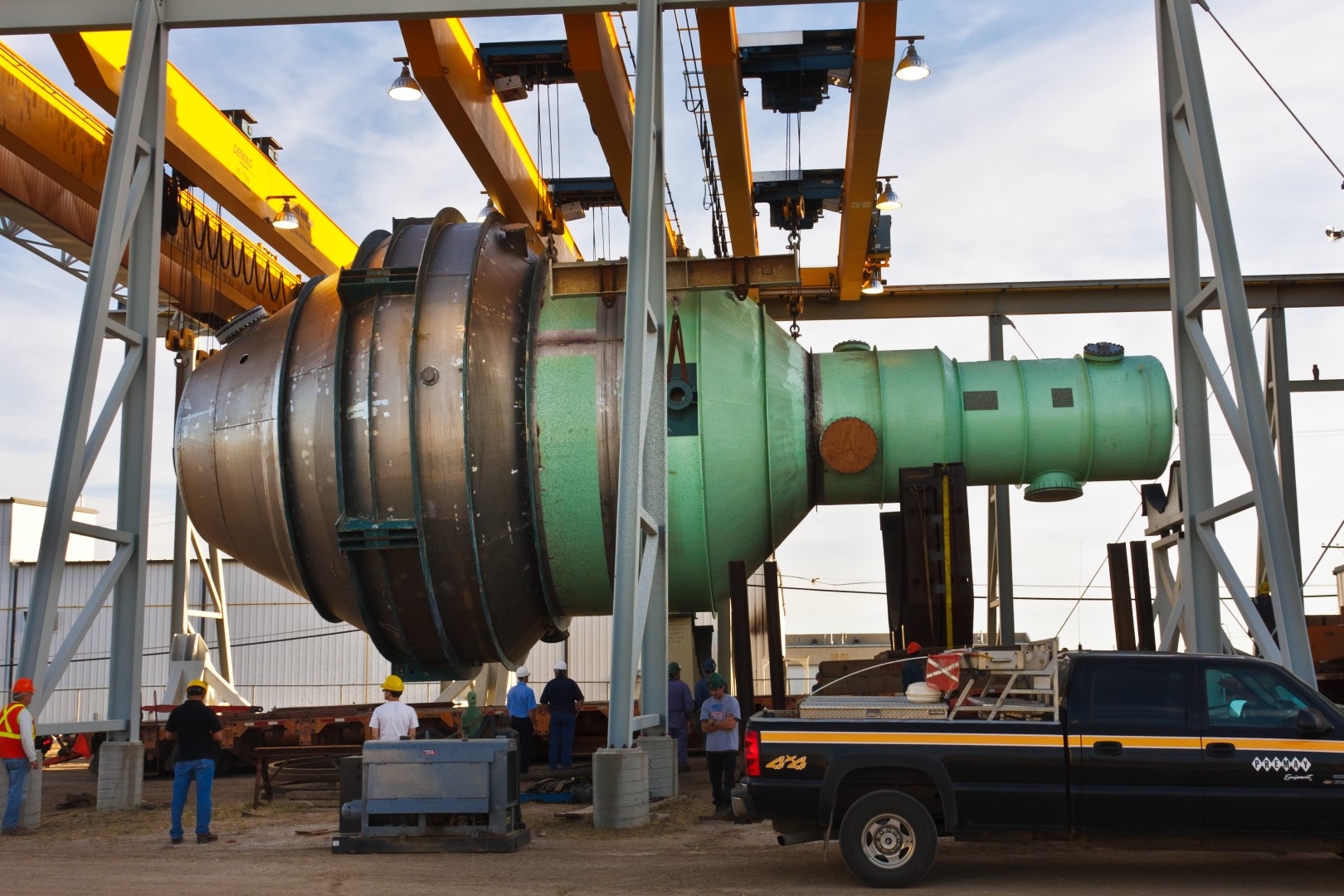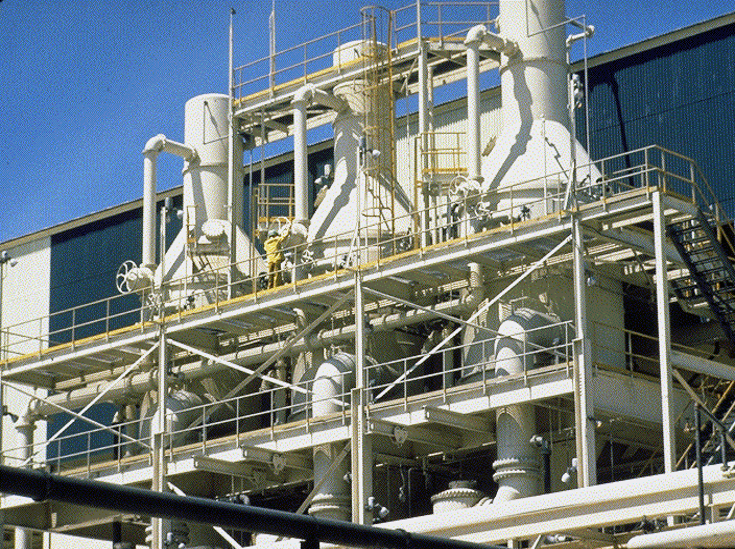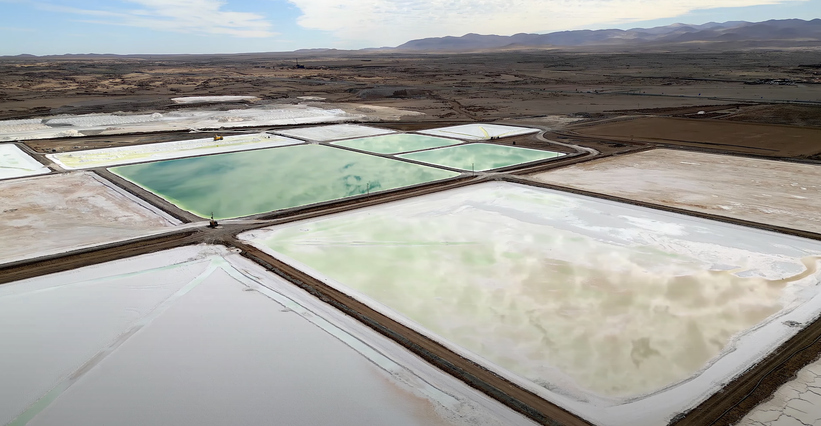Crystallization for Fertilizer-Grade Products
Producing high-quality fertilizer crystals requires a balance of chemistry, equipment design, and process control. While fertilizer applications often tolerate lower purities than battery-grade materials, global producers are now tightening standards to improve nutrient delivery, product handling, and downstream blending. The key challenge in fertilizer crystallization purity lies in managing the trade-offs between throughput, energy use, and consistent particle morphology.
Spec Targets
Fertilizer producers define specifications for both chemical and physical parameters. Chemical purity determines nutrient value and regulatory compliance, while particle properties dictate performance in bulk-blend systems.
Typical targets include:
- Chemical purity: 98–99.5% for major nutrients such as ammonium sulfate, potassium sulfate, or phosphate salts.
- Moisture content: Generally, under 0.5% after drying to prevent caking.
- Particle size distribution (PSD): Most products are engineered within narrow bands (e.g., 1.0–3.5 mm for granular products) to maintain uniform flow and avoid segregation during transport.
- Bulk density and friability: Controlled to ensure smooth blending and application.
Meeting these specs depends on consistent control of nucleation, growth rate, and drying—all of which are influenced by supersaturation, residence time, and crystal handling.
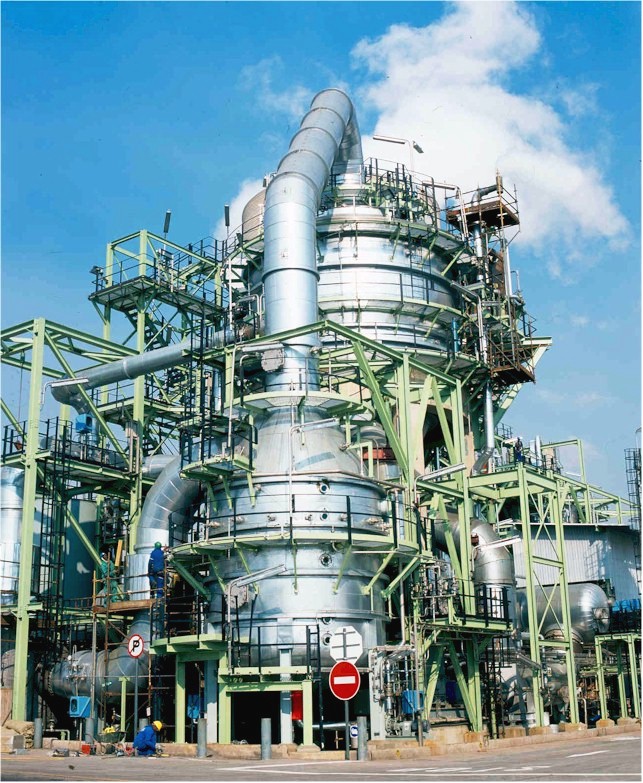
Process Routes
The core principles of fertilizer crystallization purity apply across several process routes:
- Evaporative crystallization: Common in ammonium sulfate and potassium chloride systems, where water removal drives supersaturation.
- Cooling crystallization: Used in temperature-sensitive salts, such as potassium nitrate, where gradual cooling prevents fine formation.
- Reactive crystallization: Combines neutralization or precipitation (e.g., phosphoric acid with ammonia) with controlled crystallization to produce a uniform product.
Whiting Equipment Canada and its licensee, Swenson Technology, have long supplied forced-circulation crystallizers and draft-tube-baffle crystallizers that provide uniform mixing and heat transfer—two factors critical to stable crystal growth and narrow PSD control.
Troubleshooting Defects
Common quality problems in fertilizer crystallization systems include fines, inclusions, and caking. Each stems from a specific upstream or operational issue:
- Excessive fines: Often caused by high local supersaturation or agitation rates. Adjusting feed concentration, temperature profiles, or impeller speed can restore control.
- Inclusions or contamination: Result from poor impurity management. Process modeling and staged purification can help prevent unwanted ions from incorporating into crystals.
- Caking and agglomeration: Typically occur during drying or storage. Humidity control and anti-caking agents mitigate these effects.
Swenson’s pilot testing methods—initially developed for lithium refining—also apply here, providing data on fouling tendencies, washing requirements, and centrifuge performance to prevent downstream losses.
Drying & Handling
Proper drying transforms a wet crystal cake into a free-flowing, stable product. Over drying can cause attrition, while under-drying promotes clumping. Continuous fluidized-bed dryers are often used to maintain even temperature and airflow.
Post-drying handling involves cooling, screening, and conditioning. Screen analysis verifies that the PSD aligns with product specifications, and surface treatment may be applied to minimize dust creation. Effective dust control also improves worker safety and environmental compliance.
Sampling & Analytics
Routine sampling and analysis confirm that fertilizer crystallization purity is within target limits. Standard quality control methods include:
- X-ray fluorescence (XRF) or ion chromatography for elemental purity.
- Laser diffraction for PSD.
- Loss on drying for residual moisture.
- Bulk density tests to verify product consistency.
Inline sensors, which are increasingly available for process monitoring, enable real-time adjustments to cooling curves or evaporation rates, thereby maintaining steady-state operation. Integrating these sensors into PLC- or SCADA-based control systems provides audit traceability and enables performance optimization.
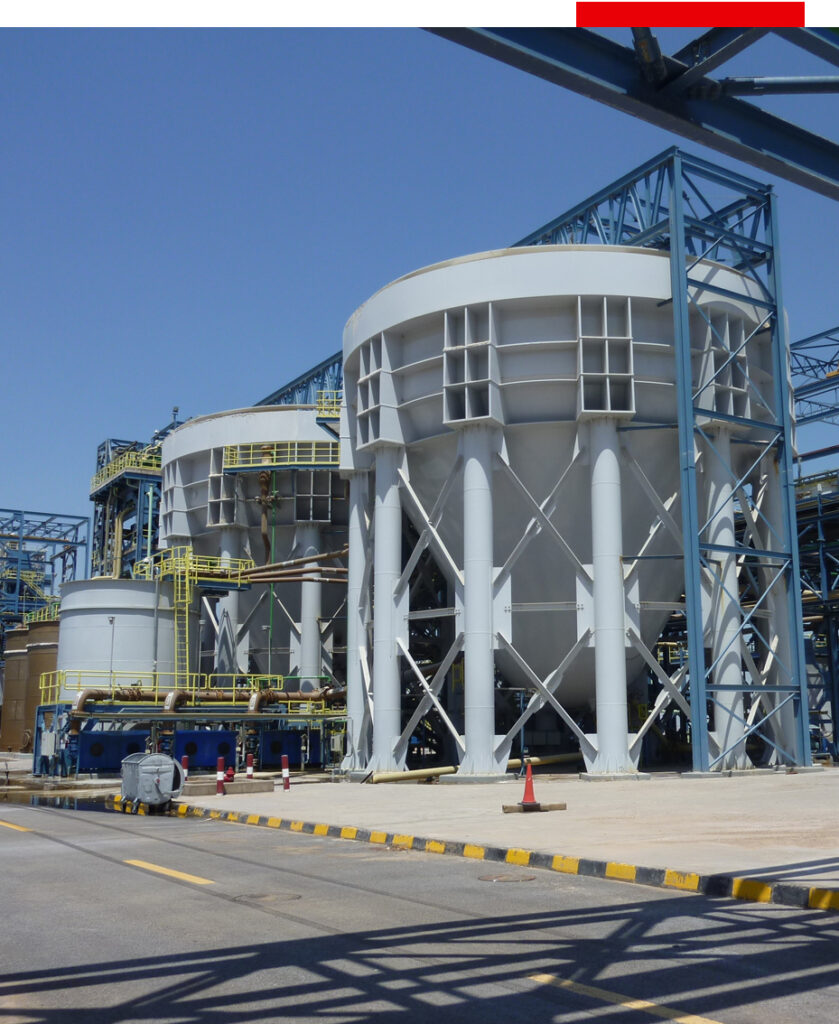
Case Example
A conceptual example illustrates the connection between process control and quality:
A plant producing 50,000 tons per year of ammonium sulfate experienced inconsistent particle size and caking during shipment. After installing a draft-tube-baffle crystallizer and upgrading to automated temperature profiling, fines production decreased by 25%, while the moisture content dropped from 0.7% to 0.4%. These improvements not only stabilized fertilizer crystallization purity but also lowered energy use in downstream drying by 10%.
Note: The case example provided is illustrative and intended to demonstrate typical process outcomes rather than reference a specific plant or dataset.
Startup Checklist
Successful plant startups follow a structured commissioning approach to prevent contamination, scaling, and product off-spec issues:
- Flush and clean all process lines to remove fabrication debris.
- Calibrate sensors for temperature, conductivity, and density before introducing feedstock.
- Begin at a reduced feed concentration to allow a gradual buildup of supersaturation.
- Monitor initial product samples for impurities and PSD drift.
- Stabilize recycle ratios to maintain consistent residence time.
- Verify dryer outlet temperature and humidity against target moisture levels.
This startup phase defines the baseline for long-term quality control and sets the foundation for sustainable, efficient production.
Conclusion
Fertilizer producers face the dual challenge of maintaining throughput while meeting ever-tighter purity and particle specifications. Integrated crystallization and drying systems, when properly designed, instrumented, and controlled, can achieve both goals. By combining engineering precision with analytical rigor, Whiting Equipment Canada and Swenson Technology enable fertilizer plants to optimize fertilizer crystallization purity, reduce waste, and deliver consistent, high-value products to a competitive global market.
Looking to enhance product consistency and plant performance?
Whiting’s engineering team can help you optimize your crystallization and drying systems for higher yields, lower energy consumption, and cleaner products—starting with your current line. Contact us to discuss your needs.

